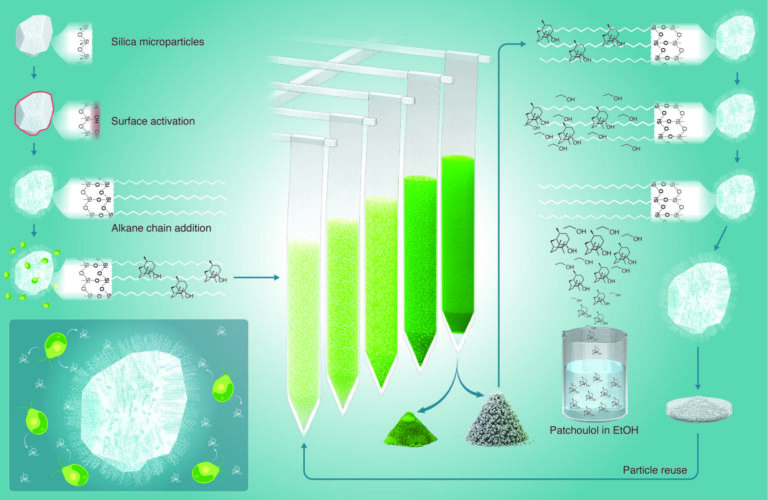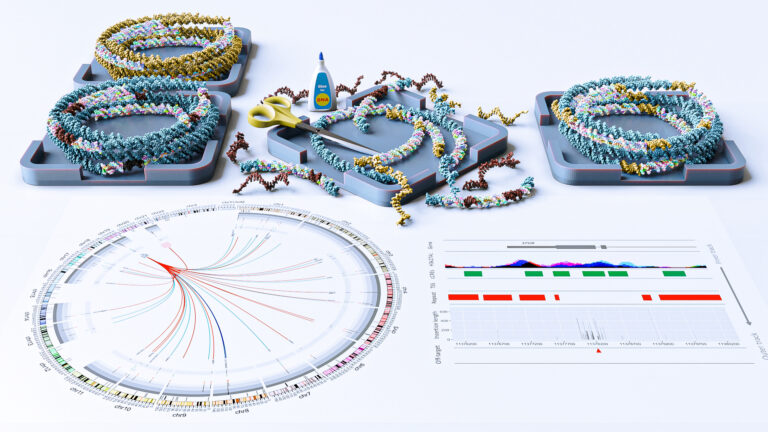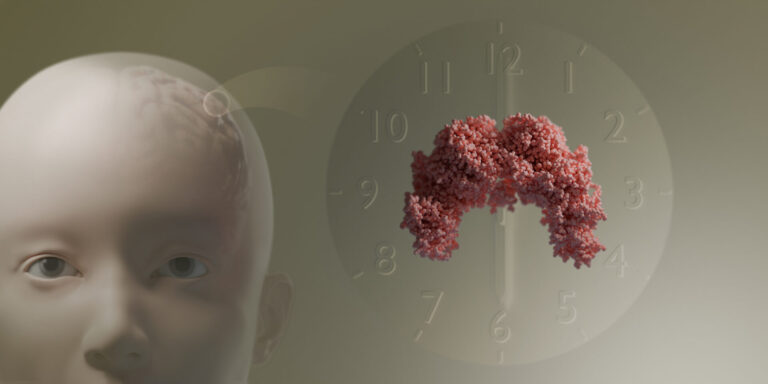Bioscience | Plant Science
Why do some plants thrive in saline conditions?
Improved understanding of the salt- tolerance mechanism in salt-loving plants could help progress seawater-based agriculture.

Salinity is a major factor limiting crop productivity, with at least 20 percent of irrigated lands already affected by salinity and the problem increasing globally. Plants naturally adapted to highly saline environments can provide key insights into the mechanisms of tolerance to extreme salinity.
Plants of the genus Salicornia grow in coastal salt marshes and their growth can even be stimulated by sodium chloride (NaCl). KAUST is leading Salicornia research and research scientist Octavio R. Salazar Moya, who has worked on this since he was a Ph.D. student, wanted to investigate what makes these plants so incredibly tolerant to salt.
“Salicornia plants thrive in saline environments that would be impossible for most plants. It is quite remarkable and we can learn a lot from them,” Salazar says.
Vanessa Melino, now an assistant professor at the University of Newcastle in Australia, has spent years developing pure breeding lines of Salicornia. She notes that, unlike most other plants, Salicornia can accumulate high concentrations of sodium in photosynthetically active succulent shoots while avoiding ion toxicity. “This suggests that Salicornia has highly efficient processes to store sodium in compartments within cells through the action of specialized transporters,” she says.
Salazar, while working at the Salt Lab led by Mark Tester, treated 5-week-old plants with 0, 50, 200 and 600 mM NaCl. To put it into perspective, 600 mM NaCl is the salt concentration found in seawater.
After one week the treated plants were taller than the control and at the higher treatments, plants developed lateral branches. The beneficial effects of NaCl became increasingly apparent over time and six weeks after treatment, all the salt treated plants were significantly taller and a lighter green color[1].
To better understand the molecular mechanisms driving the outstanding salt tolerance of Salicornia, the team generated genome sequences for two Salicornia species and studied the responses of Salicornia bigelovii to NaCl.
They observed the positive effect on growth at a transcriptional and protein level, where genes and proteins related to growth, photosynthesis, cell wall modification, water transport and ATP synthesis were found to be upregulated with NaCl treatment.
The researchers hypothesized that specific ion transporters must play key roles in preventing ion toxicity in Salicornia cells, extruding sodium from the cytosol and compartmentalizing it in the vacuole. They found that a protein, SbiSOS1 (a variant of a well-known salt overly sensitive 1 (SOS1) protein) appeared to localize to the tonoplast (the vacuolar membrane).
“The localization of SbiSOS1 to the tonoplast in Salicornia bigelovii was surprising,” notes Salazar. “This protein is known to be localized to the plasma membrane in other plant species and this change in location could be key to Salicornia’s salt tolerance.”
They hypothesized that this localization could mediate the transport of sodium into the vacuole, thereby preventing toxicity in the cytosol.
The high concentration of both sodium and chloride in shoots and their positive correlation with water content suggest a possible role for both ions as osmolytes (compounds that regulate osmotic pressure).
“The novel localization of SOS1 to the tonoplast in Salicornia could allow for high concentrations of sodium to be compartmentalized into the vacuole, preventing sodium from causing toxicity in the cytoplasm and allowing its use as an osmolyte for water retention,” says Melino.
To identify genes of Salicornia involved in salt tolerance, Salazar selected genes to assay in a salt sensitive yeast strain; 45 genes were cloned and 11 showed a phenotype in response to NaCl – four increased salt tolerance and 11 decreased it. The most pronounced phenotype was observed with a protein, which they called SALTY, which greatly increased salt tolerance in yeast.
“SALTY is an intrinsically disordered protein, meaning that it does not have a defined structure,” explains Salazar. “This gives it the flexibility to form membrane-less compartments and interact with ribosomes and RNA, possibly stabilizing and protecting them during stress.”
The research provides new insights into the molecular mechanisms behind the high salinity tolerance of Salicornia, which will be valuable for developing salt tolerant crops and for the future of seawater-based agriculture.
Reference
- Salazar, O.R., Chen, K., Melino, V.J., Muppala, P.R., Hřibová, E., Čížková, J., Beránková, D., Arciniegas Vega, J.P., Cáceres Leal, L.M., Aranda, M., Jaremko, L., Jaremko, M., Fedoroff, N.V., Tester, M. & Schmöckel, S.M. Insights into the salinity tolerance of the extremophyte Salicornia bigelovii: roles for the RGG protein SALTY, and neo-localization of SOS1 to the tonoplast. Nature Communications 15, 4279 (2024).| article
You might also like

Bioengineering
High value harvests from designer algae

Bioscience
Digging into the world of plant-growth-promoting microbes

Bioengineering
Stray DNA fragments challenge CRISPR precision

Bioscience
Unique microbiome discovered in mountain streams

Bioscience
How a multitasking protein keeps the body’s clock in sync

Bioscience
The theory of everything that wasn’t

Environmental Science and Engineering
Hydrogen storage solution could lie in lakes

Bioscience




